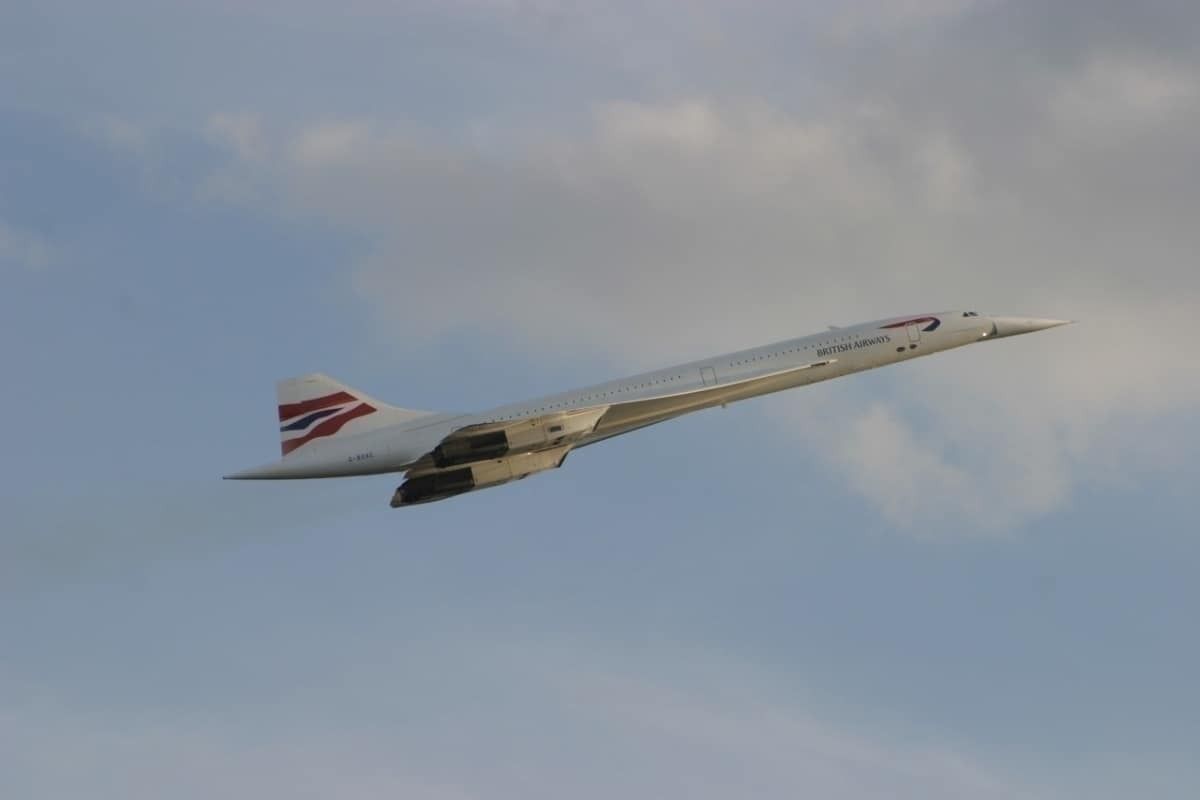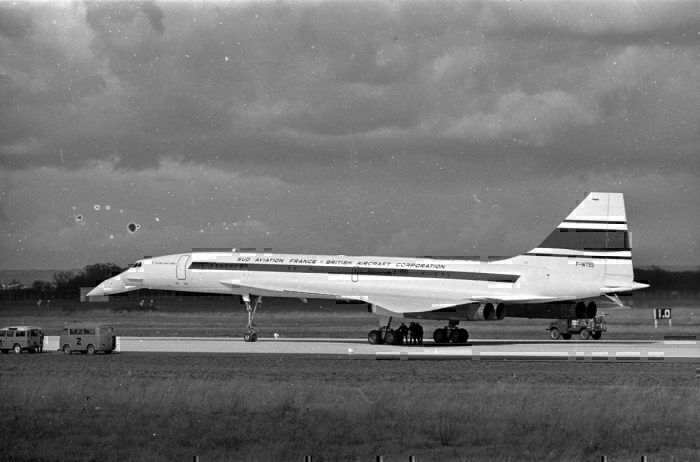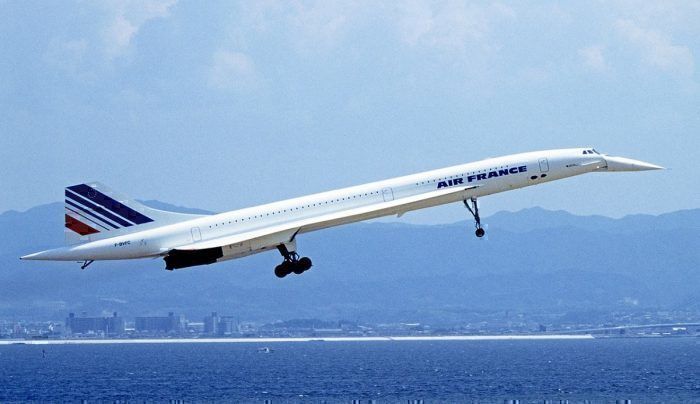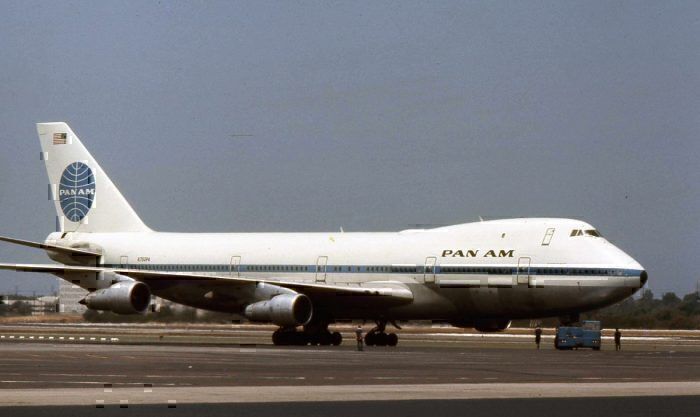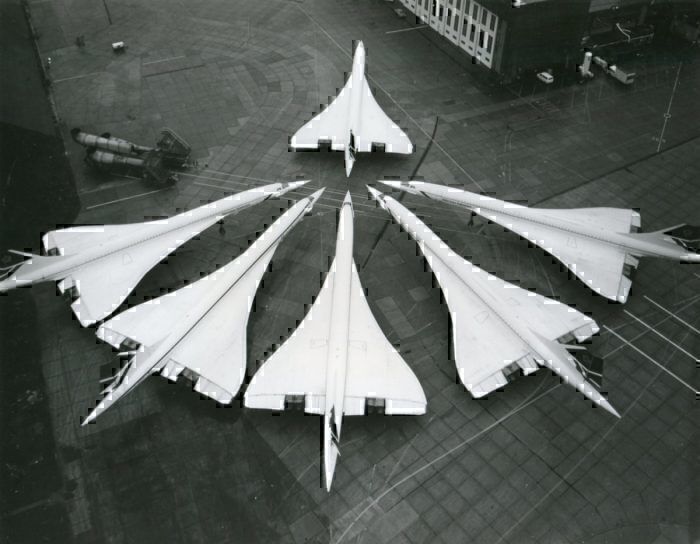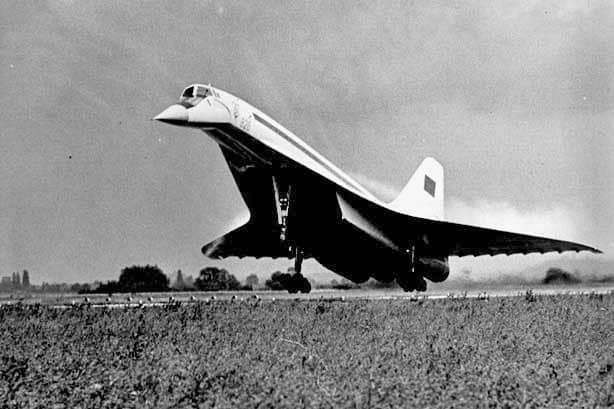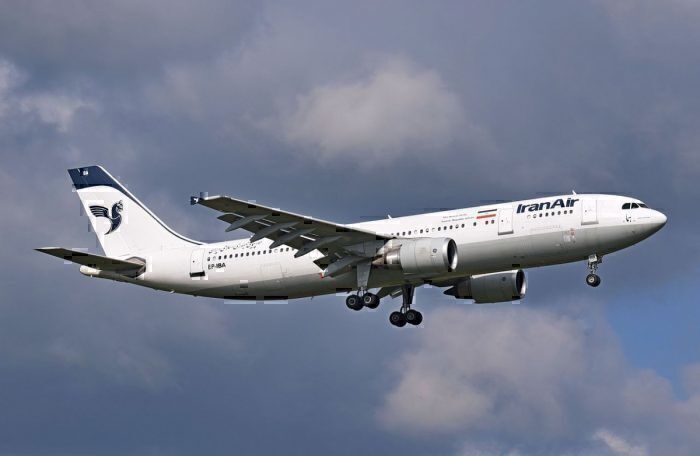It’s been over 16 years now since the last flight of Concorde, and we are yet to see further ventures into commercial supersonic flights. Concorde could have been much more widespread than it ended up though. This article takes a look at which airlines placed options for Concorde, and what happened to these options.
As we know, British Airways and Air France were the only airlines to operate Concorde. But there were many other airlines that expressed interest and placed options. There could have been up to 18 airlines operating Concorde. Perhaps things could have gone differently if more of these orders had stuck?
A joint British and French effort
Concorde was a joint development between the UK and France, as part of an international treaty between the two countries. It was built by British firm British Aircraft Corporation (later to become BAE Systems) and French firm Sud Aviation (later Aerospatiale and then Airbus). The name ‘Concorde’ was in fact chosen to represent this cooperation – with the English ‘concord’ and French ‘concorde’ meaning ‘agreement.’
Concorde first flew commercially in 1976 (with British Airways). In total, 20 aircraft were built, and British Airways and Air France operated seven each. The remaining 6 were prototypes and development aircraft. The total cost of development was much more than originally estimated (reaching £1.3 billion by some estimates) - the start of problems with aircraft orders.
Options for order from 18 airlines
Despite being built by UK and France, Concorde was never intended just for use in these countries. This was a commercial venture, marketed to airlines worldwide.
There were originally two versions of the aircraft – a long-range and a short-range version. There was little interest however in the short-range aircraft, and this was soon dropped.
The launch customers for Concorde were BOAC (the forerunner of British Airways), Air France and Pan Am. These three airlines all placed orders (as cancellable ‘options’) for six aircraft each, in June 1963.
In total, almost 100 options were placed for the long-range version of Concorde, from 18 airlines. The following table shows all the airlines and their options (data is sourced from heritageconcorde.com).
Airline options for Concorde:
|
Airline |
Concorde options |
Date Placed |
Date Cancelled |
|
BOAC (then British Airways) |
6(plus 1 more in 1984) |
June 3rd 1963 |
|
|
Air France |
6(plus 1 more in 1980) |
June 3rd 1963 |
|
|
Pan Am |
6 |
June 3rd 1963 |
January 31st 1973 |
|
Continental |
3 |
July 24th 1963 |
March 1973 |
|
TWA |
6 |
4 October 16th 1963, 2 March 20th 1964 |
February 1973 |
|
American Airlines |
6 |
4 October 7th 1963, 2 January 16th 1964 |
February 1973 |
|
Air Liban / MEA |
4 |
2 December 4th 1963, 2 January 16th 1964 |
February / June 1973 |
|
Qantas |
4 |
March 19th 1964 |
2 options canceled in 1966, others later |
|
Air India |
2 |
July 15th 1964 |
February 1975 |
|
Japan Airlines |
3 |
September 30th 1965 |
1973 |
|
Sabena |
2 |
December 1st 1975 |
February 1973 |
|
Eastern Airlines |
6 |
2 June 28th 1966, 2 August 15th 1966, 2 April 28th 1967 |
February 1973 |
|
United Airlines |
6 |
June 29th 1966 |
November 1972 |
|
Braniff |
3 |
September 1st 1966 |
February 1973 |
|
Lufthansa |
3 |
February 16th 1967 |
April 1973 |
|
Air Canada |
4 |
March 1st 1967 |
June 1972 |
|
CAAC |
3 |
2 July 24th 1972, 1 August 28th 1972 |
December 1979 / February 1980 |
|
Iran Air |
3 (2 orders, 1 option) |
October 8th 1972 |
February 1980 |
What happened to the orders?
With around 100 options from 18 airlines, things were looking good for Concorde in the 1960s and early 1970s. What then happened to these orders? In the end, all options were canceled, with the exception of Air France and BOAC / British Airways.
There were a number of contributing factors in this, and ultimately the situation was different for different airlines. Some of the main reasons include:
The growing financial cost of the program
As already mentioned, the vastly under-estimated cost of production made purchases (and ongoing operation) less appealing. In a 1973 article when Pan Am canceled their orders, the NY Times writes,
“The price has soared from the under‐$20‐million per plane originally estimated until, with spare parts, it is $46‐million in 1972 dollars. Many insiders estimate escalation clauses will bring the price to $60 million."
In the end, the UK and French governments took on much of the production cost.
Shock after the crash of Concorde’s supersonic rival
There were two supersonic aircraft developed around the same time – Concorde and the Russian Tupolev Tu-144. In 1973, the Tupolev crashed whilst displaying at the Paris Air Show, killing the crew and eight others. At a time when airlines were considered their orders, this was a major setback for supersonic flight.
Cancellation of the US supersonic transport (SST) project
Boeing had been working on another supersonic project, the Boeing 2707. This was intended to be larger and faster than Concorde but never reached prototype development. It was canceled in 1971 amidst rising cost, another supersonic program setback that did not bode well for Concorde.
Issues with sonic boom and environmental pollution
The noise and environmental pollution associated with the sonic boom and operation caused increased concern. This was likely to restrict Concorde to over water supersonic flight, certainly a limitation for many airlines.
Iran Air – the customer that nearly was
One interesting case amongst these placed options was Iran Air. Their order with British Aircraft Corporation in 1972 was for two confirmed purchases, plus one further option – meaning they had the intention at the time to take delivery. These orders were canceled in 1980, likely due to the Iranian Revolution at the time. One of the produced planes (G-BOAF) was diverted to British Airways.
Whether these aircraft would have been used for commercial flights or private use by the Shah is unclear, and debated. Nevertheless, if they had stuck perhaps it would have given the program the confidence it needed.
The Concorde dream was not dead though for Iran. They did later charter Concorde for flights between Paris and Tehran (and Kish Island). Another canceled customer, Singapore Airlines, did the same.
Will supersonic make a return?
The devasting crash in Paris and the turmoil following 9/11 saw the demise of Concorde. With the US SST and Russian Tupolev projects already long canceled, this was the end of commercial supersonic travel.
After 16 years, it seems possible supersonic travel may return. The Virgin Atlantic backed company, Boom, is currently developing the ‘Boom Overture’ – a Mach 2.2 aircraft possibly entering the market as soon as 2025. Airline interest is already there for this – Virgin Atlantic and Japanese Airlines have placed options worth $6 billion.

